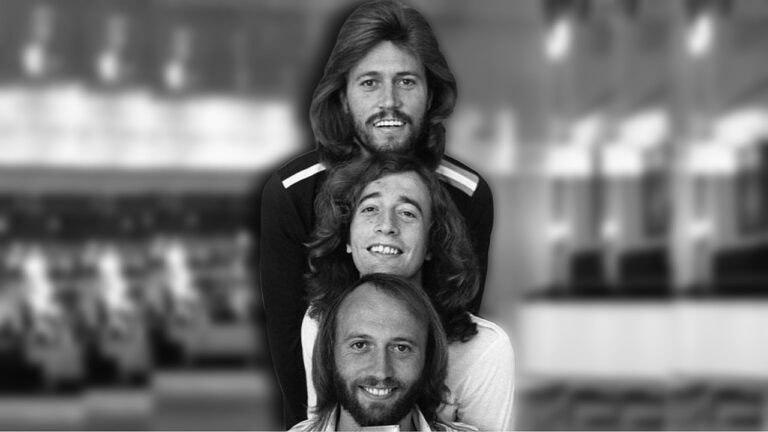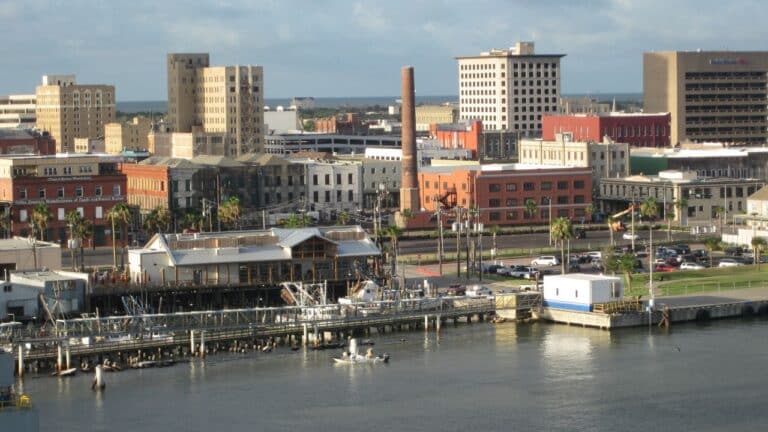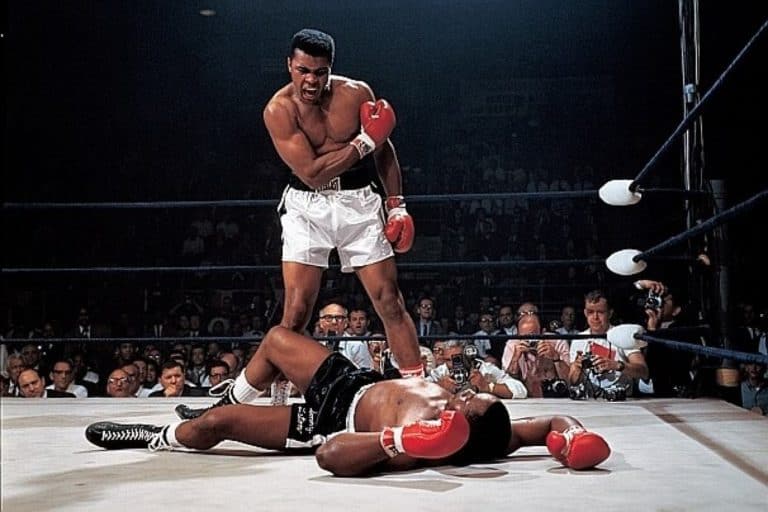13 Classic Cars Predicted To Skyrocket in Value
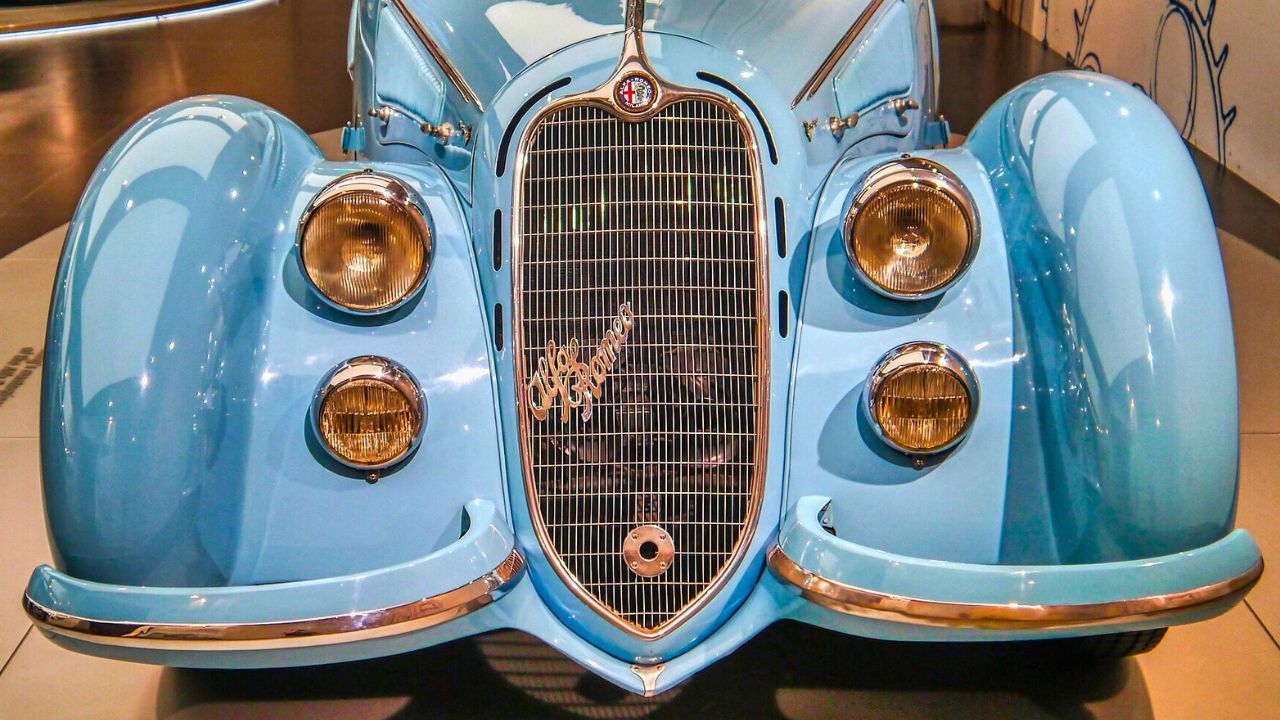
Classics take the front row for cars more likely to appreciate in value. They’ve taken the worst blows of depreciation, and all that’s left now is their nostalgic and sentimental appeal. Classic cars bring back memories for those who lived in their era and embody a cultural representation for those who didn’t.
History has taught us the markers to identify more modern cars likely to expand their value over time. Take the upcoming Ford Mustang GTD, for example. It has just the markers — a cultural icon, limited supply, unique aesthetics, and emotional investment. Indeed, the street-legal, track-ready GTD supercar is almost guaranteed to fetch more than its estimated $300,000 starting price two to three years down the line.
But unlike the GTD that hasn’t been tested by the sands of time, some classics are not “almost” guaranteed. Legends like the 1962-1964 Ferrari 250 GTO, 1973 Porsche 911 Carrera RS, 1965-1967 Shelby Cobra 427, and the 1966-1973 Lamborghini Miura are “guaranteed” to appreciate in value. If you’re reading this with actual intentions to invest, the following 13 cars are more realistic, accessible acquisitions that actually appreciate in value.
Porsche 911 (993 Series)

The 993 series represents the end of an era in the Porsche 911’s storied history. It is the last of its kind — the final 911 using the iconic air-cooled flat-six engine. This milestone alone can sustain the 993’s appeal to collectors and enthusiasts who value the generation’s engineering and the “air-cooled” engine’s distinctive sound.
It also introduced a new multi-link rear suspension that significantly improved its road manners and ride quality. The 993 was part of the Porsche 911’s 4th generation, produced from 1994 to 1998. It’s all the better if you get your hands on the Carrera S, Turbo, Turbo S, RS, or GT2 variants.
Ferrari F40
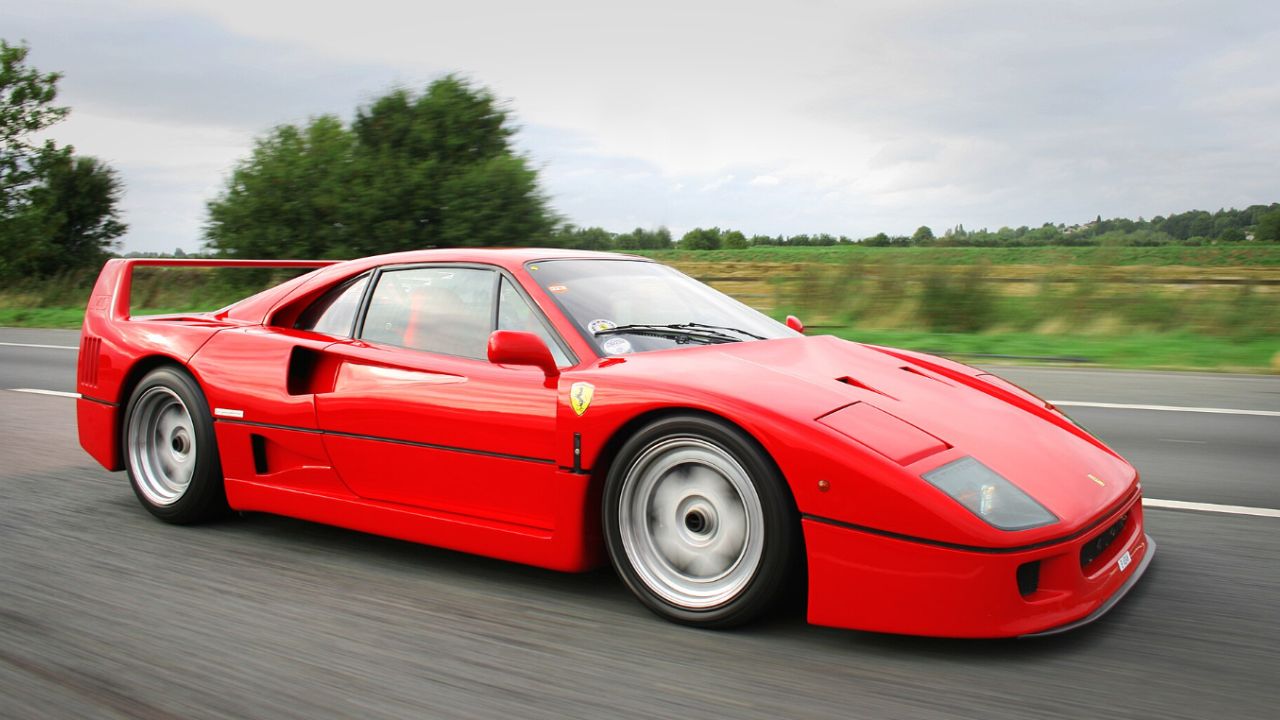
It’s called the F40 because Ferrari built it to celebrate its 40th birthday. It’s not the legendary 250 GTO, but the F40 is one of the world’s most celebrated supercars. Ferrari built it from 1987 to 1992, initially limiting its numbers to just 400 units to ensure the benefits of exclusivity.
Demand was so strong that Ferrari had to build 915 more, bringing the total number to 1,315 examples. Even then, the F40 remains too few to go around, ergo, the high demand for this piece of automotive history three decades later.
You’re looking at the last Prancing Horse personally approved by the Il Commendatore himself before he died. The cheapest this car has been sold at auction is $286,243. It fetched nearly $4 million at Sotheby’s Monterey auction in 2022.
Toyota Supra (MKIV)

The Supra has been around for five generations, harking back to 1978. However, the MKIV generation, also known as the A80 Supra, is the cult classic you should focus on if you want a Supra with a sustained demand.
It was produced from 1993 to 2002 and is home to the legendary twin-turbo 2JZ-GTE 3.0-liter inline six-cylinder engine that made 276-hp on paper but actually delivered up to 326-hp.
Enthusiasts covet the 2JZ-GTE due to its capacity for extensive mods to milk plenty more power beyond the factory specs, whether the turbocharged or 220-hp free-breathing version. It’s common to see 1000-hp Supras. If you haven’t noticed, this is Brian O’Conner’s (Paul Walker) car in the Fast and Furious film.
Mazda RX-7 (FD)

The “FD” is the 3rd-gen RX-7 produced from 1992 to 2002, although the US got it for just two years between 1993 and 1995. It stood out with its distinctive twin-turbo (13B) 1.3-liter Wankel rotary engine — producing 255-hp. The FD generation was wider than its predecessor but considerably lighter.
It came with a 5-speed manual gearbox, with fewer 4-speed automatic versions. The US model had two primary trim levels — the Base and Touring trims — and the performance-oriented RX-7 R1 and R2 models.
It’s been three decades, so you’re finally free to import the JDM (Japanese Domestic Market) variants like the Type R Bathurst and RX-7 Spirit R. This was Han’s car in Fast and Furious, but the real deal is the 13B-REW engine’s tuning potential.
Acura NSX (First Generation)

This is the car that Honda used to teach Ferrari some trend-setting lessons about supercar reliability. You could use it as a daily driver without worrying about frequent repairs and expensive maintenance costs. It featured a mid-mounted 270 to 290-hp 3.0-liter V6 (later upgraded to 3.2 liters) with VTEC (Variable Valve Timing and Lift Electronic Control) technology.
Its aluminum monocoque chassis and suspension components contributed to its agile handling and impressive performance. The car owes its low-slung styling to legendary Formula One driver Ayrton Senna. Although fewer than 20,000 were produced in 15 years (1990–2005), including rarer special editions, like the NSX Type R and NSX-T, they are solid investments as approximately 416 are left today.
Ford GT (2005-2006)

They don’t come cheap, but the value of this modern take on the legendary GT40 Le Mans champion has nowhere to go but up. The GT designation for Ford denotes extreme performance. They’re the Blue Oval’s engineering and technological showcases, always standing as testaments of what Ford can do in the supercar arena.
The 2005–2006 GT model, particularly, was born to celebrate Ford’s 100th birthday and the GT40’s historic 1-2-3 finish at the 1966 24 Hours of Le Mans. They produced 4,038 units in its two-year run, including the Heritage Edition and other standout models. Besides its remarkable 550-hp 5.4-liter supercharged V8, this car’s connection to the Blue Oval’s racing history guarantees its sustained value.
BMW E30 M3

If you get your hands on the E30 M3, yours is a homologation special with a strong following. It’s a highly coveted sports car that BMW’s M GmbH motorsport division produced from 1986 to 1991, boasting exceptional motorsport pedigree, intoxicating handling, and iconic design.
Offered as a homologation special to compete in Group A touring car competitions, the E30 M3 proved formidable on the track, often coming away with numerous championship victories. Its motivation came from high revving S14 2.3-liter DOHC inline-four with four valves per cylinder, producing around 192 to 215-hp.
It used a five-speed manual transmission to support the driving engagement. BMW produced approximately 17,970 units, including the rarer Evolution and Sport Evolution (Evo III) editions.
Toyota Land Cruiser (FJ40)

According to the Toyota Land Cruiser (FJ40), blending durability, capability, and classic Jeep-like design is how to be a timeless, valuable offroader. Produced from 1960 to 1984, the FJ40 is a coveted model within the 40 series with variants like the FJ43 and FJ45. The “FJ” signifies the model’s gas “F” engine, just as the BJ in the BJ40 series signifies its diesel “B” engines.
The FJ40 is blessed with a renowned off-road capability, featuring a sturdy ladder frame chassis, solid axles, and part-time four-wheel drive with low-range gearing. It boasts an impressive 8.3 inches of ground clearance, short overhangs beyond the wheelbase, approach and departure angles, and rugged suspension.
It enjoys a robust following among enthusiasts and collectors who appreciate its history, rugged features, and vintage appeal. Many have been restored to their former glory or modified with modern upgrades.
Alfa Romeo Spider (Duetto)

The Duetto is, in a nutshell, a classic Italian roadster blessed with a timeless design, thanks to the Italian design house Pininfarina. Produced from 1966 to 1994, the Duetto’s open-top configuration, highlighted by a boat-tail aft and the classic Alfa Romeo grille at the fore, has a compelling sentimental appeal to those who cherish the unique styling of classic Italian sports cars.
The Duetto ultimately inspired the design language of subsequent Alfa Romeo Spiders (convertibles). Thanks to its appearance as Benjamin Braddock’s (Dustin Hoffman) car in the 1967 film The Graduate.
Shelby GT350

The GT350 is more than just a high-performance variant of the Ford Mustang. It used a modified Ford 289 cu-in V8, initially producing around 306 horsepower. Carroll Shelby introduced the GT350 in 1965 as a track-capable Mustang homologated for SCCA (Sports Car Club of America) racing.
It was victorious at the SCCA B-Production national championships in 1965, 1966, and 1967. The GT350 is emblematic of the Blue Oval’s partnership with Carroll Shelby during the 1960s.
Datsun 240Z

It’s the Nissan FairladyZ sold in the US under the Datsun brand. Though produced for a relatively short while (1969 to 1973), it was enough for the Fairlady to birth and leave a lasting legacy for the Z car lineage. The 240Z was an instant hit because it offered sports car enthusiasts something the Europeans did not — affordable performance and style.
The style was Yoshihiko Matsuo’s handiwork. He drew inspiration from European sports cars of the time to create the 240Z’s low-slung profile, long hood, short deck, and Kamm tail rear end. Ultimately, the Z car proved crucial in popularizing Japanese sports cars globally. The car’s popularity among enthusiastic drivers explains the difficulty of finding one in pristine condition with original components.
Audi Sport Quattro
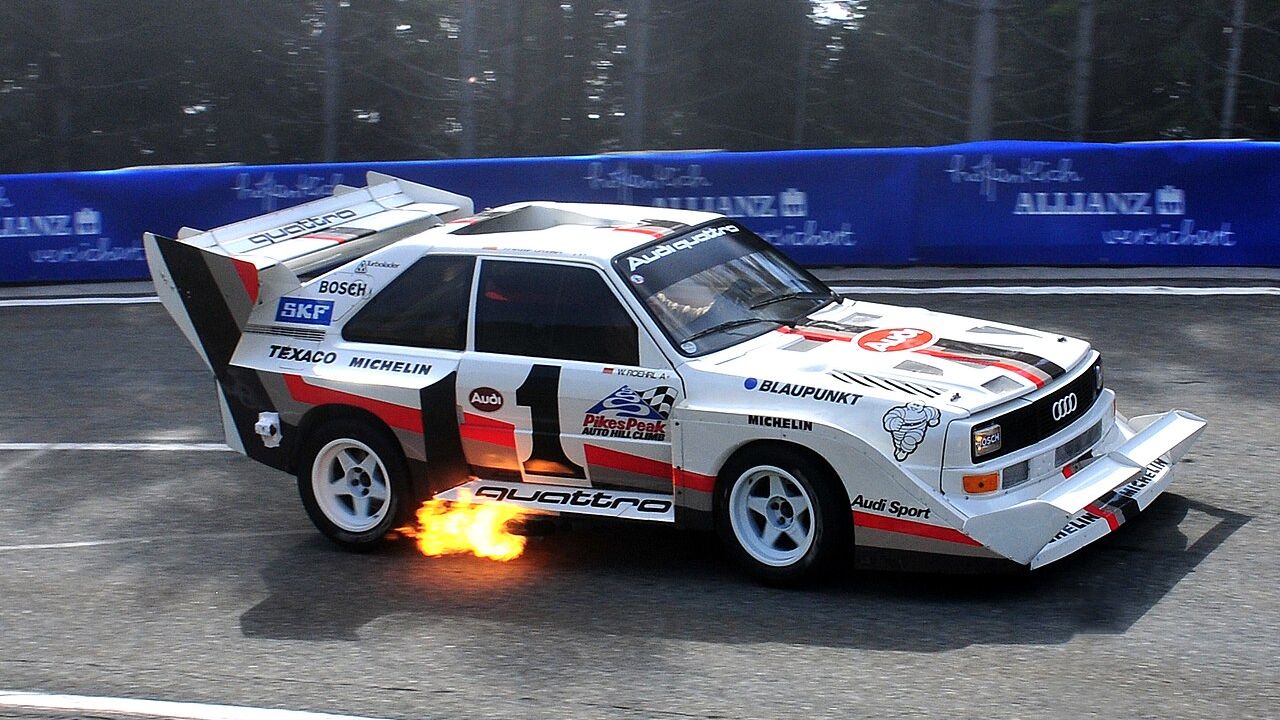
While it is a rally homologation produced from 1984 to 1985 (approximately 224 street-legal models and a handful of additional competition versions), the limited numbers are not the only reason for its cult following.
Enthusiasts and collectors respect the classic Audi Sport Quattro because it dominated the 1980s rallying and motorsport scenes, particularly the Group B. Its motivation came from the renowned “WR” turbocharged 2.1-liter straight-five engine that produced around 306 horsepower in street trim and significantly more in racing versions.
The Sport Quattro showcased impressive technological innovations and helped boost Audi’s reputation as a performance-oriented brand.
Alfa Romeo 8C 2900

The good news is that you can still find them for sale. The not-so-good news is that they’re extremely rare (rarer than the 2300 models), so rare that the 1939 Alfa Romeo 8C 2900B changed hands for a mouth-watering $19 million in 2019. We haven’t forgotten our promise to focus on more accessible cars with investment potential.
The original 8C 2900 may be akin to a unicorn today since Alfa built just 40 of them, but their replicas are just as valuable, routinely fetching hundreds of thousands of dollars at auction. So, what’s the ruckus? The Alfa Romeo 8C 2900 is a highly prestigious pre-war Italian sports car known for its advanced engineering and sophisticated twin-supercharged 2.9-liter inline-eight engine (hence the name 8C).



